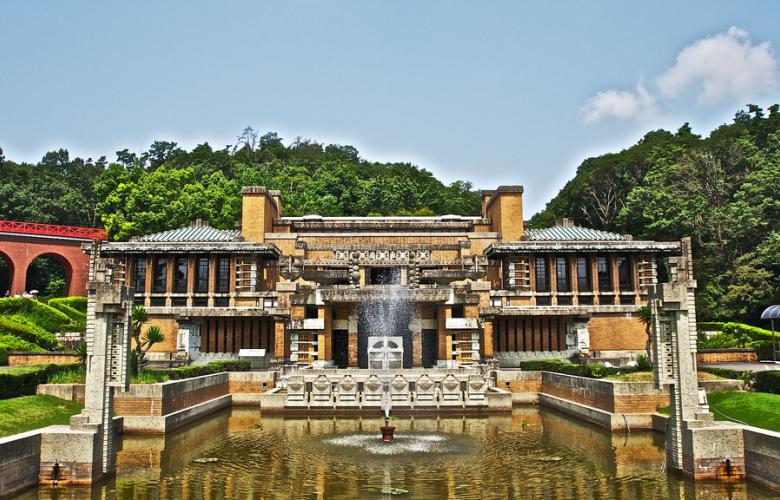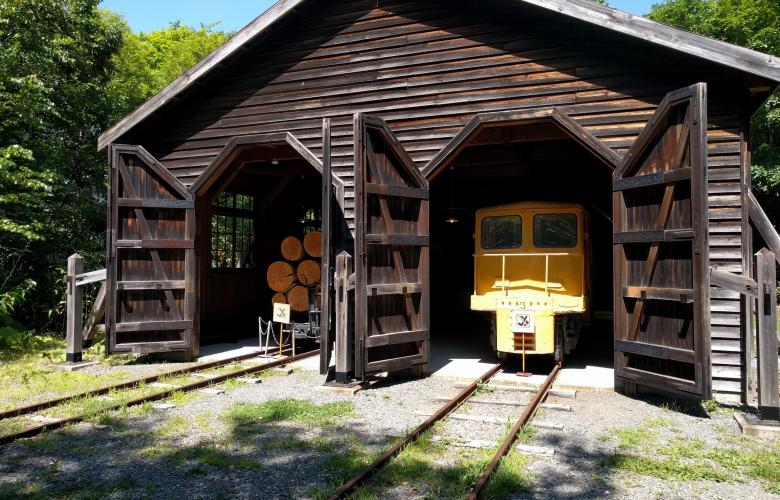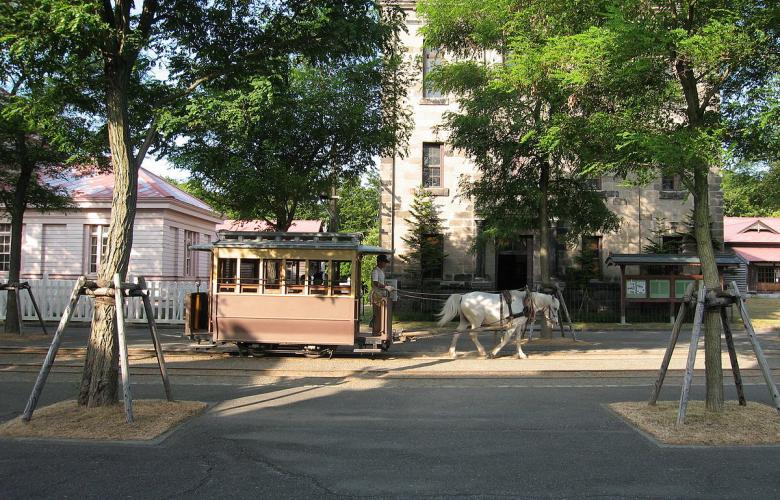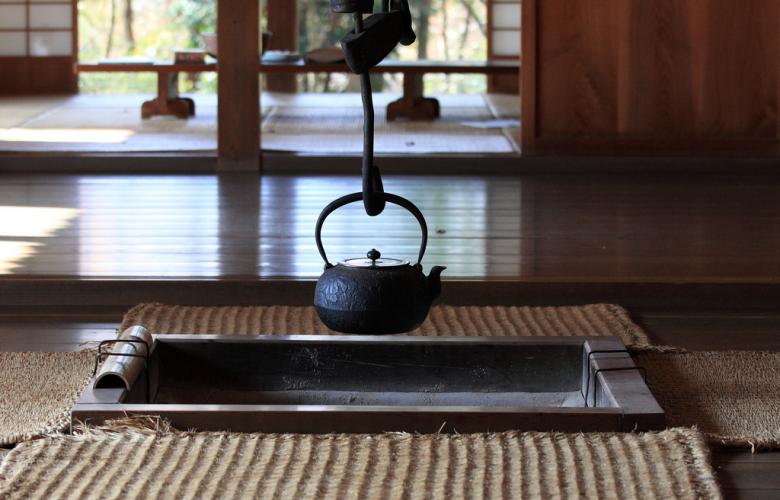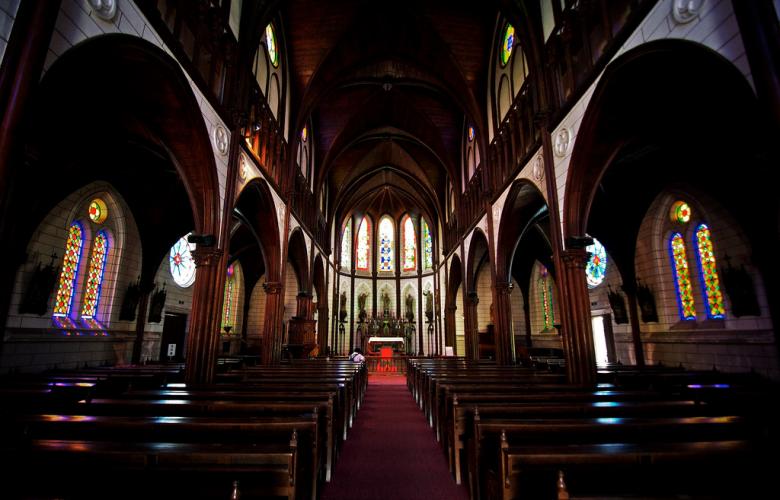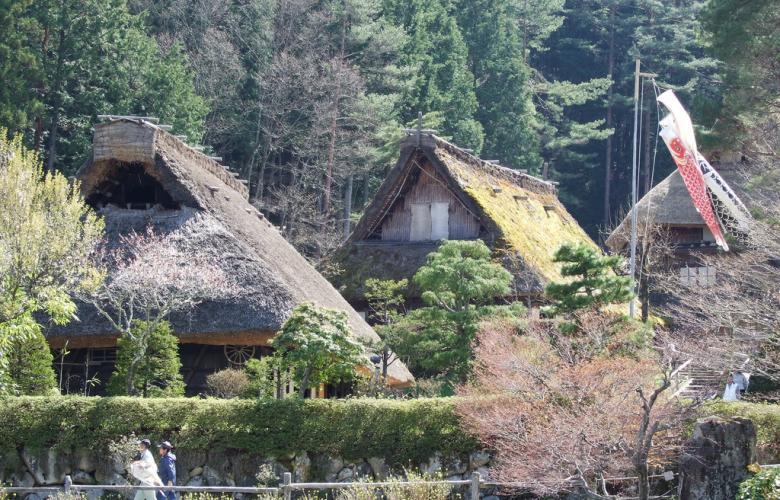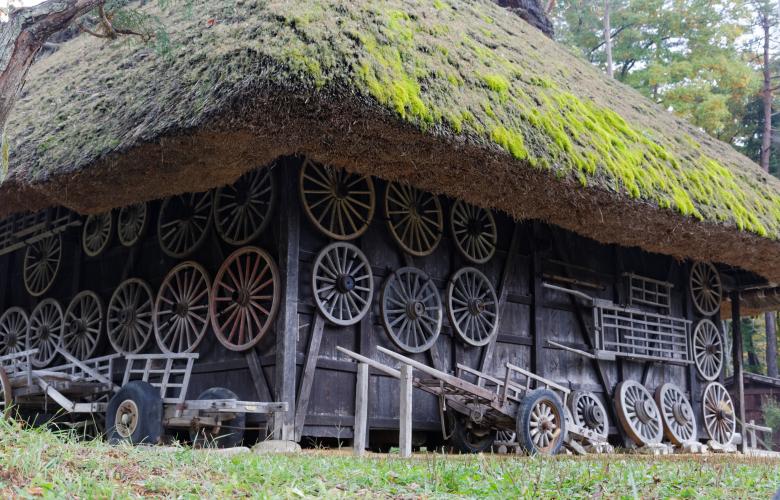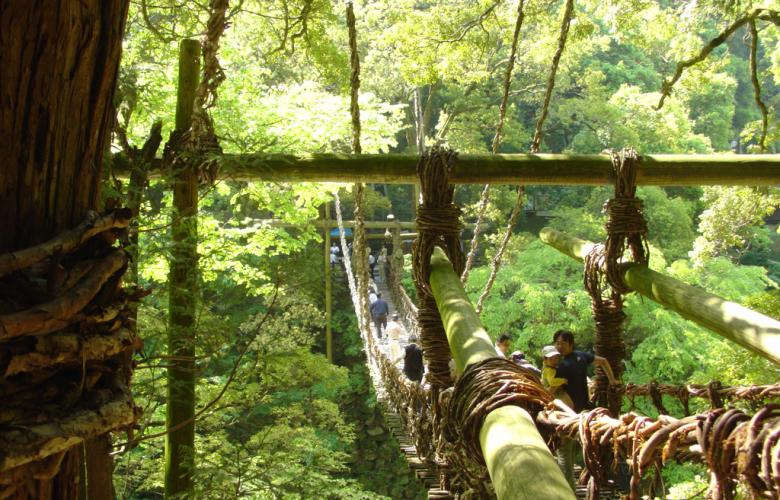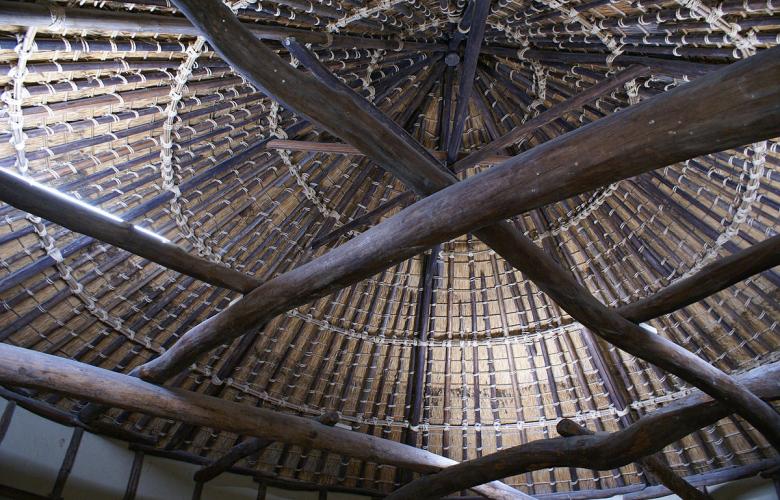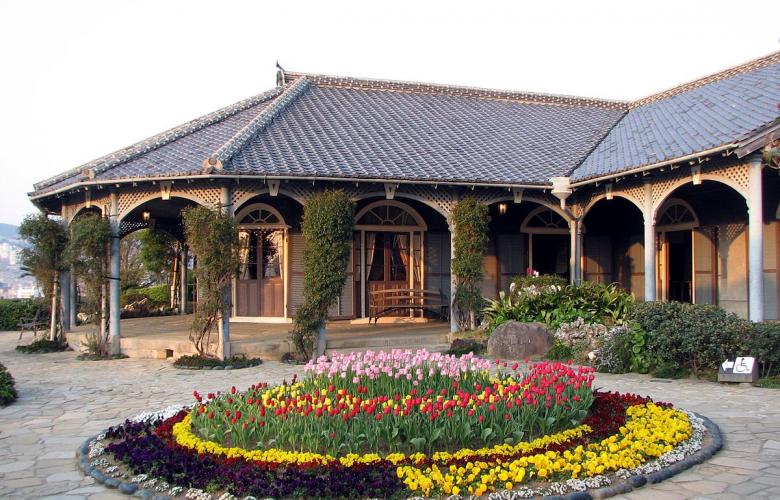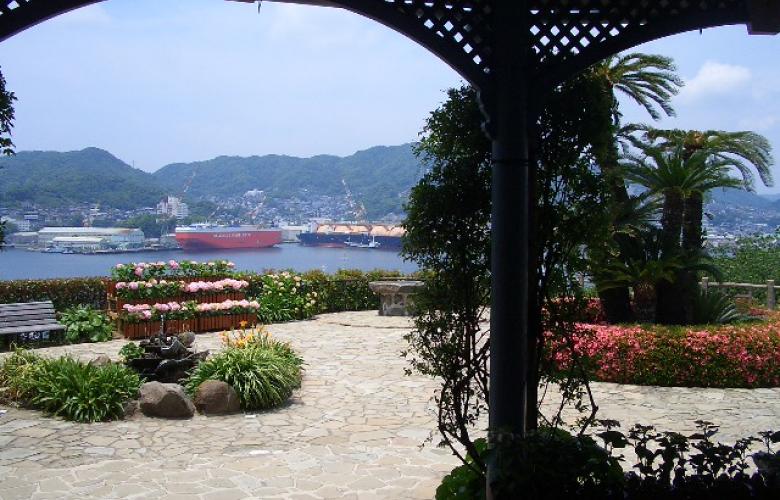While the Edo-Tokyo Open Air Architectural Museum is a well-known staple for anyone interested in architecture who is visiting Tokyo, there are plenty of other fantastic open-air museums to see in Japan. Focusing on local styles and sometimes encompassing entire villages, the museums are a chance to step back in time and walk the streets of ancient Japan — much more refreshing than a dusty museum with structures in miniature.
From Nagasaki to Hokkaido, buildings of significance from all movements, traditions and influences have been painstakingly preserved and relocated to protected areas ensuring their continued use as educational and inspirational sources. If you're travelling Japan or find yourself in one of these spots, be sure to make a detour to experience the local architecture as it once was.
Kaitaku no Mura - Hokkaido

Known as the historic village of Hokkaido, Kaitaku no Mura is a fantastic place to see examples of the traditional homes from the frontier period of the island's history, with over 60 preserved examples. The buildings date largely from the Meiji and Taisho periods, which were times of great development on the island.
The museum is divided into four sections and offers an insight into the more traditional aspects of life on Japan's northernmost island, with a town, a fishing village, a farming village and a mountain village. Located on the edges of Sapporo in the Nopporo Forest Park, the village has a vast array of styles and buildings, from sake breweries to an old railroad station as well as thatched huts and family farmhouses. A horse-drawn carriage runs along the high street of the town and harvest festivals are held at the shrine, giving a taste of what life would have been like in towns such as this.
Boso no Mura - Chiba

Focusing on the Boso region, this museum is home to a replicated Edo-period village complete with water mills, samurai residences and farmers' homes. One of the main draws of the Boso Museum is its busy calendar of activities and events, which allow people to try their hand at a variety of skills. Ideal if you have children to entertain or are keen to get involved yourself, it brings the buildings to life. The houses in this village are reproductions, and while this means you are not able to see the wear and tear of everyday life, the replicas are perfect and allow a more exploratory experience without fear of touching ancient creations.
The museum is surrounded by a public park dotted with ancient burial mounds known as kofun, as well as the Fudoki-no-oka Shiryokan—an archaeological museum which stores some of the artifacts excavated from the area.
Meiji-mura - Aichi
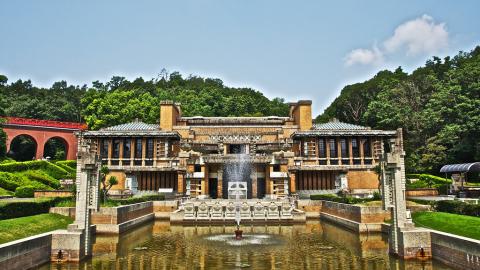
Opened back in 1965, Meiji-mura is probably Japan's second best-known open-air architectural museum and contains buildings relocated from across the country. Reflecting, as the name suggests, the Meiji-era of architecture, the museum contains both Japanese and Western-inspired buildings and structures, from cathedrals to an iron bridge to a telephone exchange from Sapporo.
Often looking more like an English landscape in miniature, the park is by far one of the most beautiful days out offered by any of the museums, with a tram and steam locomotive, restaurants and shops. All elements of architectural influence are reflected, with buildings from Nagasaki's foreign settlement and the Imperial Hotel from Tokyo reflecting the impact of Western influence at this key time in Japanese history.
Hida no Sato - Takayama
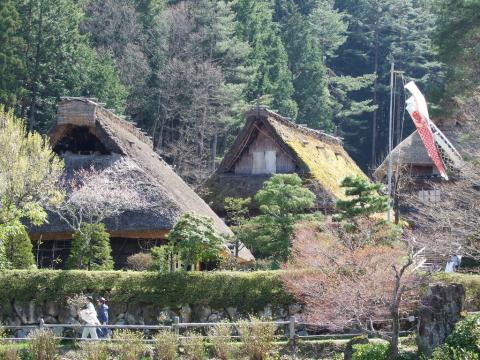
Just across the river from the famous towns of Shirakawa-go and Gokayama, Hida Folk Village is an outdoor museum with over 20 perfectly maintained examples of the farmhouses which elevated the area to architectural and sightseeing fame. Known as gassho-zukuri, which means hands in prayer, the Edo-period buildings are instantly recognizable thanks to their steep thatched rooves, designed to withstand the weight of heavy snow during the area's long winters.
While most people flock to the towns themselves where the buildings are still in use as homes, guesthouses and museums, the preserved folk village gives a more pristine experience, with fewer modern-day intrusions. You can enter the buildings which have been relocated from areas nearby and see traditional tools and items from everyday life. The fires in each home are lit every morning, activities are available and festivals are held for special occasions, so the village feels anything but empty.
Shikoku Mura - Kagawa
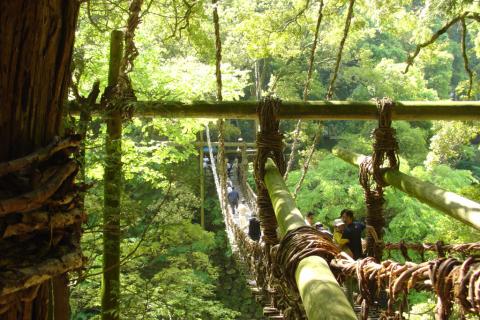
Reflecting life on the island of Shikoku, this open-air museum has over 30 buildings transported from across the region including smaller islands in the Inland Sea, dating from the Edo to Taisho periods.
One of the highlights is a reconstructed vine bridge from the Iya Valley; used by surviving members of the Taira clan, they could be cut if a makeshift village was threatened.
The intricacies of island life are displayed through buildings such as lighthouses, rice warehouses and farmers' Kabuki theaters, along with traditional homes and a variety of classes.
The museum is also home to a small art gallery designed by Tadao Ando ,which exhibits examples of calligraphy, pottery and sculptures from the area, and offers views across the museum. There are four buildings deemed Important Cultural Properties including a sugar cane processing facility and a soy-sauce production facility and two private residences.
Glover Garden - Nagasaki

Built for Thomas Blake Glover in 1863, Glover Garden is located on the spot of the Western settlements after the era of seclusion ended in Japan. Glover was a Scottish merchant who supported the overthrowing of the Tokugawa Shogunate and a prominent character in the story of Japan's industrialization.
Glover's home is the most well-known spot and is nicknamed the Madame Butterfly House with statues of Puccini and Miura Tamaki located on the grounds as an ode to the opera. An interesting combination of Western and Japanese design, the Glover residence and the surrounding buildings offer insight into the development of architecture and its influence by foreign settlers and architects alike, with building plans available for viewing.
As well as offering an architectural insight, the park offers incredible views over Nagasaki Bay and is a pretty day trip for architecture and garden lovers alike.
By Lily Crossley-Baxter
Similar to this:
Architecture through the ages: The Edo-Tokyo Open Air Architectural Museum
The Bluff: Yokohama's foreign streets from years gone by
Yokohama Apartment: A unique city residency space in Japan

